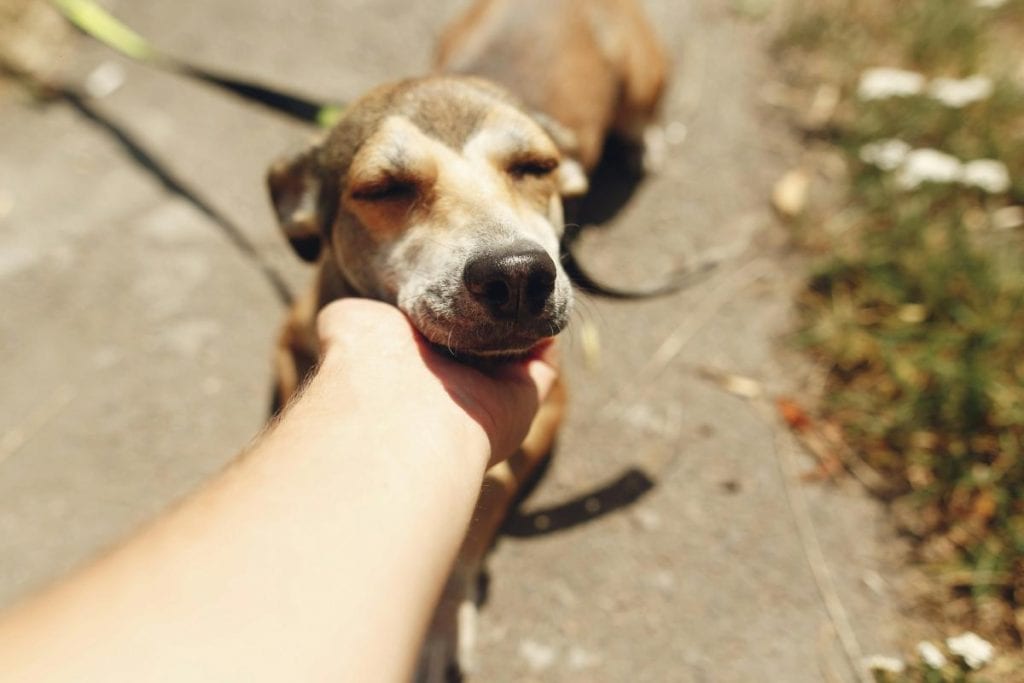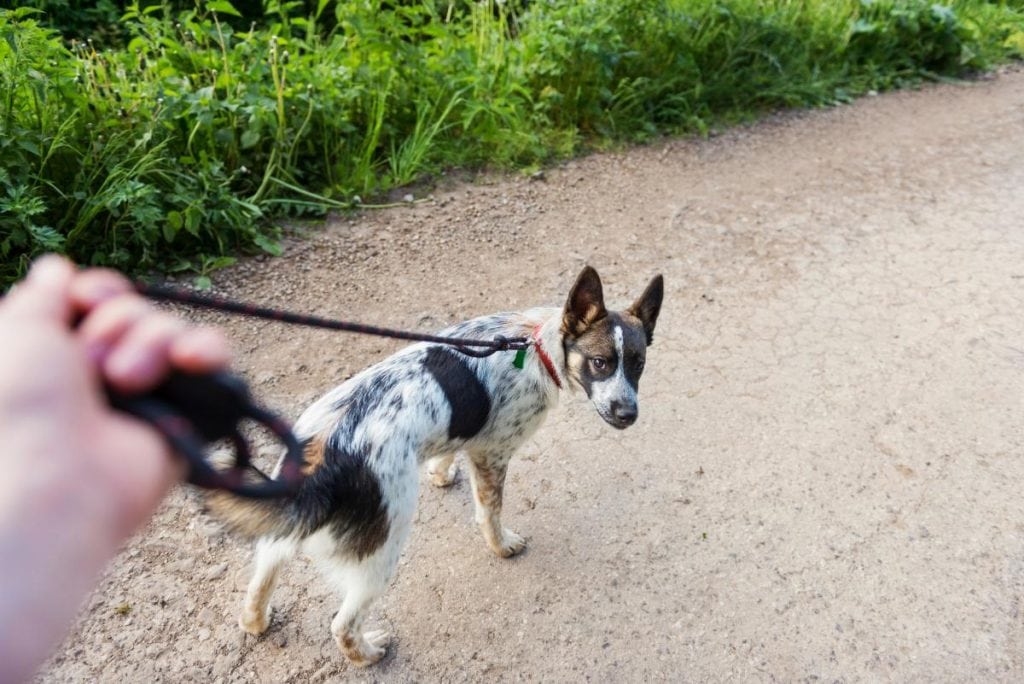You’re walking through a quiet Lexington neighborhood or visiting a friend’s house when a friendly-looking dog approaches. At first, it seems harmless—maybe even sweet. Then in a blink, the situation changes. A growl, a snap, or a sudden lunge leaves you stunned and hurt.

Many people don’t expect a dog to turn aggressive, especially if it belongs to someone they know or seems relaxed at first. But dog behavior can be unpredictable, especially when stress or territory is involved. Knowing what to do immediately after a dog becomes dangerous can help you protect yourself and reduce the risk of serious injury. It also puts you in a stronger position legally and medically if things escalate.
When a Wagging Tail Isn’t a Green Light
Not all friendly body language means a dog is safe to approach. A wagging tail can signal excitement, nervous energy, or even a warning—context matters. People often misread dogs, especially those they don’t know well. This is how many dog bites happen during casual visits, walks, or petting attempts.
Always ask the owner before interacting, and look at the dog’s posture, eyes, and ears. If the dog seems stiff, overly still, or avoids eye contact, that’s a reason to back off. Children especially need to be taught not to run toward or hug unfamiliar animals. Prevention starts with observation and patience.
What to Do in the First Few Minutes After a Bite
If a dog bites you, the first few minutes are critical. Move away slowly—don’t run or scream, as this can provoke another attack. Control the bleeding with a clean cloth, rinse the wound gently with water, and seek medical attention even if the injury looks minor. Infections and deeper tissue damage can appear hours or days later.
Victims in Lexington often reach out to Gary C. Johnson, P.S.C., to understand their legal rights after an attack. The circumstances around the bite—where it happened, whether the dog was leashed, and the owner’s history—can all affect your ability to claim damages. Quick action and proper documentation help build a stronger case. Waiting too long can weaken your legal and medical position.
Why Not All Dog Owners Are Held Accountable
Kentucky follows a strict liability law when it comes to dog bites, but enforcement isn’t always straightforward. Some owners claim they didn’t know their dog was dangerous or that you provoked the attack. Others may not have proper insurance or may try to settle quietly. That can put pressure on victims to let things go without compensation.
Proving negligence often involves gathering witness statements, photos of the scene, and medical records. It’s also helpful to find out if the dog has a history of aggression or previous reports. Even if the bite happened on private property, you may still be entitled to compensation. Holding the owner accountable protects others from future harm.
The Role of Animal Control and Police Reports
Reporting the bite to animal control helps protect the community and creates an official record of the incident. This step is important even if you don’t plan to sue or press charges. Authorities can investigate the dog’s vaccination status, behavior history, and whether it’s a repeat offender. In some cases, they may require the owner to restrain or even quarantine the dog.
Filing a police report also strengthens your case, especially if the bite occurred in public or the dog wasn’t properly contained. These records are used in insurance claims and lawsuits, giving your story more weight. Don’t assume that a verbal agreement or apology is enough. Formal documentation gives you real options moving forward.
When Children Are the Ones Injured
Children are especially vulnerable to dog attacks because of their size, unpredictability, and natural curiosity. They often reach for dogs’ faces or hug them tightly—actions that can feel threatening to animals. A quick nip can lead to serious injuries or permanent scarring. These cases often carry deeper emotional trauma as well.
Parents may feel guilt, confusion, or pressure to resolve the issue quietly, especially if the dog belongs to a neighbor or friend. But protecting your child’s health and future is more important than preserving awkward social ties. Medical treatment, therapy, and legal support can all play a role in recovery. The earlier you act, the better you can shield your child from long-term consequences.
Common Myths That Complicate Dog Bite Cases
- “It Happened in Their Home, So It Doesn’t Count”
Many believe you can’t pursue a claim if the bite occurred in someone’s private home, but that’s false—location doesn’t remove the owner’s responsibility. - “The Dog Never Bit Anyone Before”
Kentucky law holds owners accountable even if it’s the animal’s first offense; the focus is on prevention, not the dog’s history. - “It Was Just a Small Bite, So It’s Not Worth Reporting”
Even minor injuries can lead to infections, trauma, or delayed symptoms, so they should always be documented and treated seriously. - “Filing a Report is Overreacting”
Filing creates a paper trail that helps others and supports any future legal action, especially if the dog is a repeat offender.

Preventing Future Incidents After the First Bite
Once a dog has bitten someone, owners are often legally required to take additional precautions. This might include muzzle use, stronger fencing, leash restrictions, or behavioral training. If you’ve been attacked, follow up to ensure these steps are being taken. It’s not just about your experience—it’s about keeping others safe.
Neighbors, family members, and regular visitors should be informed about the dog’s behavior. It’s okay to ask owners what they’re doing to prevent another bite. If nothing changes, consider submitting a follow-up report to animal control. Silence after an attack can lead to repeated harm.
Dog bites can be frightening, painful, and complicated, both physically and emotionally. It’s easy to second-guess yourself or downplay the situation, but taking quick, thoughtful action can make a big difference. By understanding your rights, documenting what happened, and reporting the incident, you’re not only protecting yourself but also helping to prevent future incidents for others.
